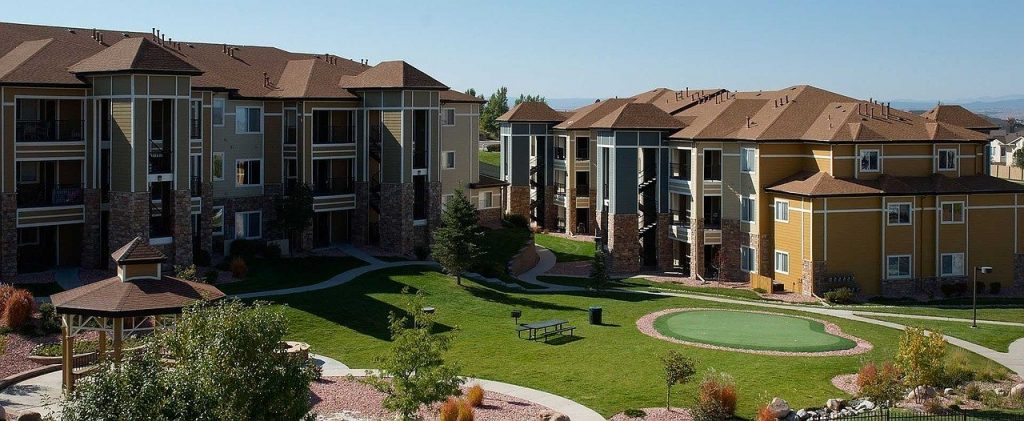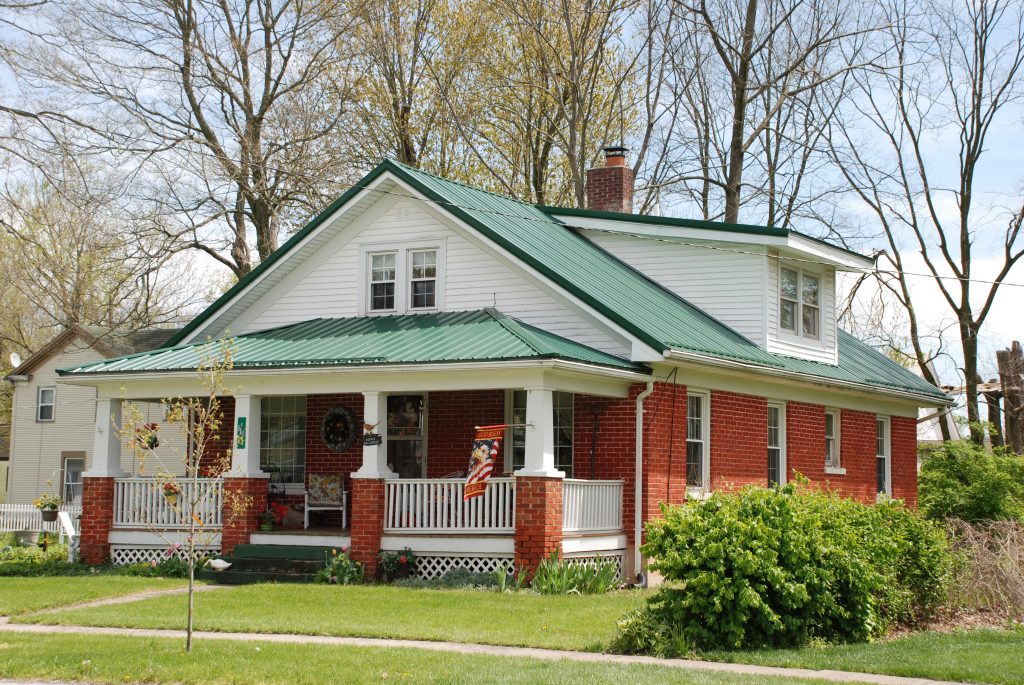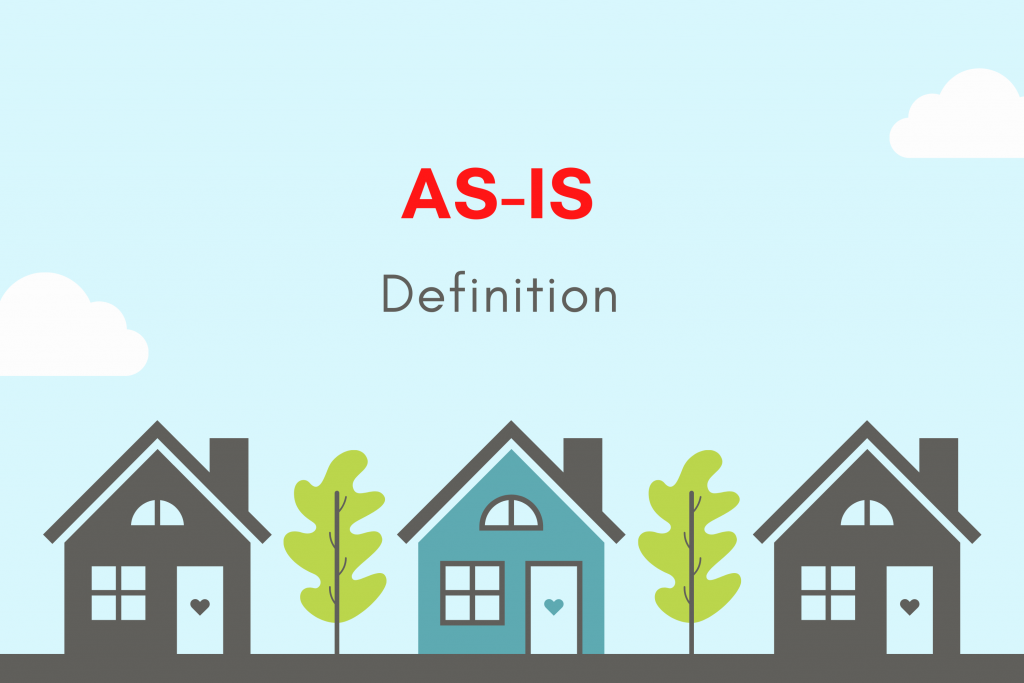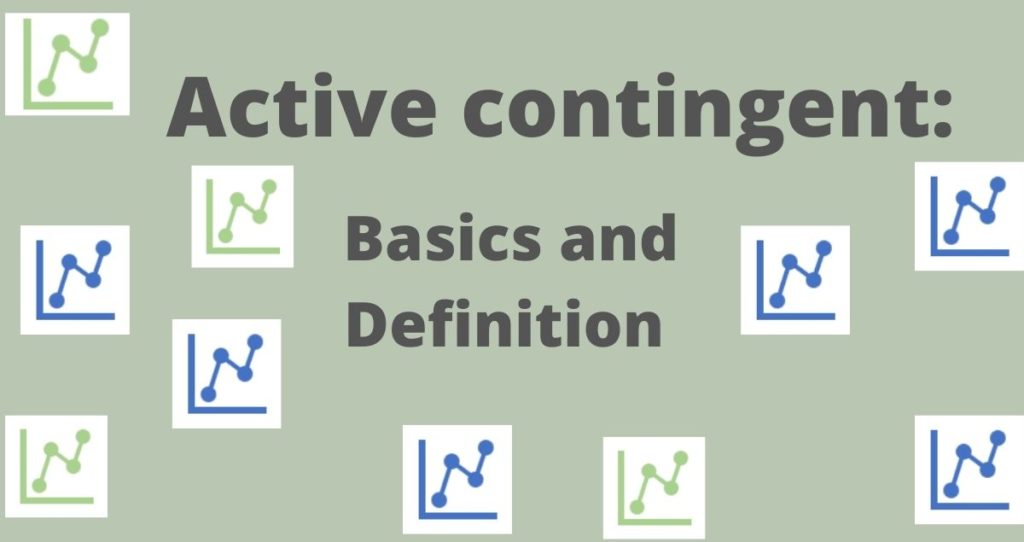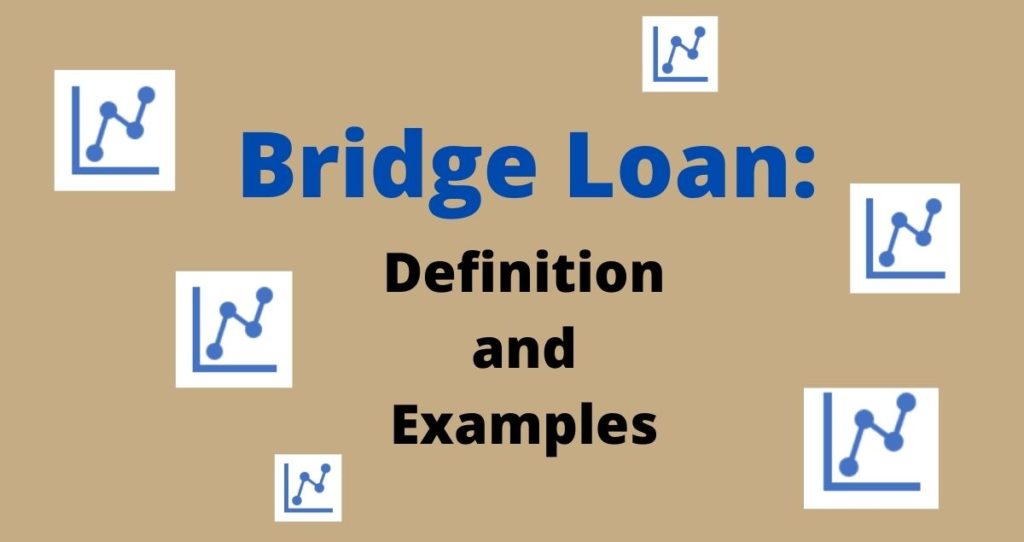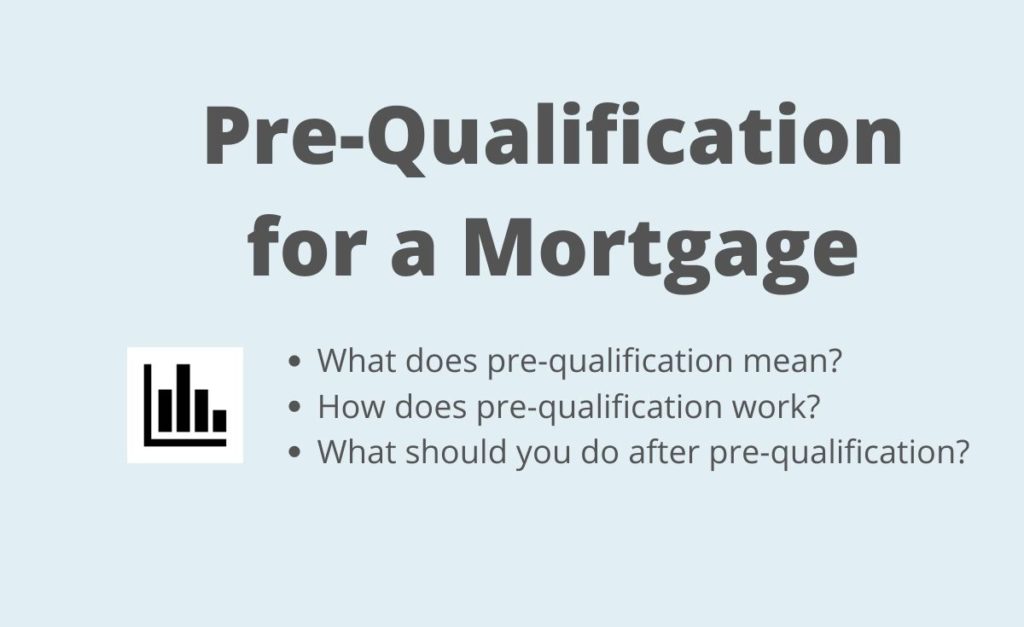Any property with more than one unit is a multifamily property and there are pros and cons associated with them. The number of units in multifamily property ranges from 2 units to hundreds even thousands of units. There are two groups of multifamily properties based on the number of units. The first group is the residential properties. All properties in this group have 2 to 4 units. The second group is commercial properties and they have 5 or more units.
When it comes to buying multifamily properties, investors evaluate properties in these two groups differently. The value of a property in a residential group is estimated based on the value of similar properties in the same location. More importantly, the buying process is similar to buying a single-family home. On the other hand, you estimate the value of properties in the commercial groups using the return on investment strategy. Investors use multifamily properties for business businesses instead of personal residency. For this reason, banks and other creditors use strict mortgage rules on commercial properties.
In the next few paragraphs, we will examine pros and cons of owning one or more multifamily properties.
Cons of owning multifamily properties
a. Complicated and hard to manage
Multifamily properties are complicated in many ways. There are a lot of factors to consider with the increase of units in a rental property. For example, if your property has 20 units, you will be dealing with 20 tenants as opposed to 1 tenant if you had a single-family home. Because of complexities associated with multifamily properties, it is often hard to manage them. The owner would need property management training and education before undertaking a bigger apartment complex. One solution that many property owners use is to have a management company take care of their properties and give them a percentage of revenues.
The management company takes care of day to day activities including but not limited to finding tenants, rehab, phone calls, showings, etc. Multifamily properties are also expensive to rehab. For example, if you have 20 units and half of your tenants leave, you will be rehabbing 10 units at once. Tenants in multifamily properties tend to be shorter-term tenants like students, contracted employees, visiting teachers, etc.
b. They are expensive
Multifamily properties are always expensive compared to other types of rental properties. They have more units, more rooms, more square footage, etc. Depending on the number of units, these kinds of properties can cost millions of dollars. The down payment increases with the value of the property. If the property’s value is in millions of dollars, the down payment will become hundreds of thousands even millions. For this reason, the average person cannot afford commercial rental properties.
c. Experienced competitors and regulations
Investment companies and corporations are the ones who buy and own bigger multifamily properties. Unless you are a very experienced property investor with a lot of cash or funding options, you cannot win good deals. Your competitors are going to be corporations, companies, or individuals who put a lot of money into property analysis. They can hire the best property experts in the nation to help them analyze deals. Without the same level of knowledge and access to funds, you are no match for them. Many investors are forced to fund properties from external parties. Because of this reason, they get involved with a lot of government regulations associated with raising money.
Pros of owning multifamily properties
a. Less paperwork to deal with
In the single-family homes section, we used an example of what you would go through if you wanted to retire with $5000/mo of cash flow. We assumed that you would need 20 units if each one puts in your pockets $250 dollars of cash flow. One of the downside of this method was that by owning 20 single-family homes, you will have 20 insurance applications and go through 20 loan applications and paperwork. This process is tedious, time-consuming, and very expensive. To eliminate all these problems you can buy one apartment complex with 20 units in it. Because it is one complex, you will have one mortgage application, one insurance and go through paperwork once. This is one of the many reasons investors prefer multifamily complexes instead of single-family homes, condos, and town-homes.
b. More cash flow from a single investment
Assuming that you went on and bought your 20 units apartment complex, you would be able to achieve your financial goals faster than owning 20 single-family homes. Each unit in your multifamily property would provide a little bit of cash flow ($250 in our example). Since you own 20 units, you will be cashing in $5000/mo.
Starting with an apartment complex could be risky due to a high mortgage payment. As long as your property is occupied and your vacancy rate is not very high, you will be fine. However, as we all know, our economy is unpredictable. Your vacancy rate could go much higher than you anticipated during an economic recession. Unless you have other means to help you, you might not be able to cover your out of pocket mortgage payments.
c. Valuation based on Return on Investment
Multifamily properties have an edge over other forms of rental properties. We know that if you are going to buy a single-family home, you will give it a value based on the location and value of similar houses sold in the same area. On the contrary, you would evaluate a multifamily property (commercial property) based on the return on investment. This valuation method can save you a lot of money.
Let’s say that you have a 50 units apartment complex for sale and the market is not doing good at the moment. The current market conditions will not directly affect the value of your property. For example, if the market is down 50%; your property will not be sold at a 50% discount. The investor interested in your property will calculate how much return they will get from it and buy your property based on that valuation. What if your property was a single-family home and the market was down that percentage? Your house would be sold at a 50% discount if similar properties in the same area are selling at that discount.
d. It is business and therefore less competition
We have seen that multifamily properties are expensive, hard to manage, and require intensive care. Investors use proper management, reporting, paperwork, taxation, and other related business techniques to manage multifamily rental properties. If you do not follow these methods properly, your rental properties will not be profitable. This is a good thing for investors interested in these properties. They will have fewer competitors to deal with because the average citizens cannot afford them, have no knowledge of property management, and therefore are taken out of the equation.
Conclusion
Investing in multifamily properties could be more rewarding. You can achieve your financial goals by investing in multifamily rental properties. The cash flow accumulates faster with less paperwork, insurance, and loan applications. However, multifamily rental properties carry some risks to investors who do not have experience and financial stability. You can go bankrupt easily if your property becomes vacant and you have no means to cover your out of pocket mortgage payments.
